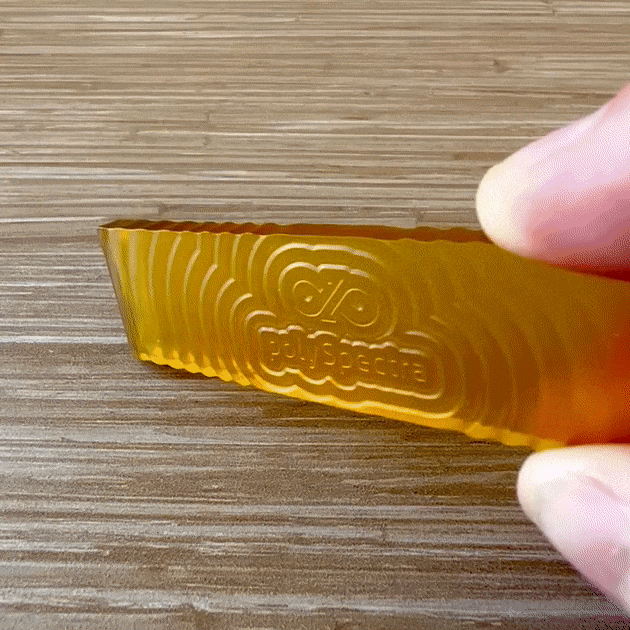Glass Transition Temperature (Tg)
The Glass Transition Temperature (Tg) is a fundamental property of polymers, including those used in resin 3D printing and polymer additive manufacturing. It refers to the temperature at which an amorphous polymer transitions from a hard, glassy material to a soft, rubbery material. This transition occurs over a range of temperatures rather than at a specific temperature, and it involves changes in the heat capacity and thermal expansion coefficient of the material.
Tg is a critical parameter in determining a material’s suitability for specific applications. It provides an indication of the inflection temperature at which a material maintains its dimensional stability, similar to the HDT. Above the Tg, the material becomes more flexible and less rigid, which can lead to deformation under load. Therefore, for applications that require high dimensional stability, materials with a high Tg are preferred.
In the context of resin 3D printing, Tg holds significant importance. Many commercially-available photopolymers have high Tg values. By definition, these materials almost always require thermal post-curing. One way to define Tg is the microscopic temperature at which the polymer network vitrified.
However, most high Tg photopolymers are brittle, which can be a challenge in the 3D printing process. This is the problem that we at polySpectra aimed to solve with our COR Alpha and COR Black products. Your choice of material depends on the specific application and operating conditions. For instance, if a 3D-printed part will be used in high-temperature environments, it must have a high Tg value to maintain its shape and properties.
In summary, the Glass Transition Temperature is a key factor in the selection of materials for resin 3D printing and polymer additive manufacturing, influencing the performance, durability, and application of the final product.
COR Alpha has a Tg of 164 +/- 3 °C (source).
| Property | Value | Method |
|---|---|---|
| Thermal Properties | ||
| Glass Transition Temperature (Tg) | ||
| Tg by DSC | 164 +/- 3 °C | ASTM E1356 |
| Tg by Peak of Loss Modulus Curve at 1 Hz | 152 °C | D4065 |
| Heat Deflection Temperature (HDT) | ||
| HDT Method A: 0.455 MPa | 139 °C | ASTM E2092 |
| HDT Method B: 1.82 MPa | 132 °C | ASTM E2092 |
COR Black has a Tg of 151 +/- 1 °C (source).
| Property | Value | Method |
|---|---|---|
| Thermal Properties | ||
| Glass Transition Temperature (Tg) | ||
| Tg by DSC | 151 +/- 1 °C | ASTM E1356 |
| Tg by Peak of Loss Modulus Curve at 1 Hz | 150 °C | D4065 |
| Heat Deflection Temperature (HDT) | ||
| HDT Method A: 0.455 MPa | 138 °C | ASTM E2092 |
| HDT Method B: 1.82 MPa | 129 °C | ASTM E2092 |
Related: HDT
